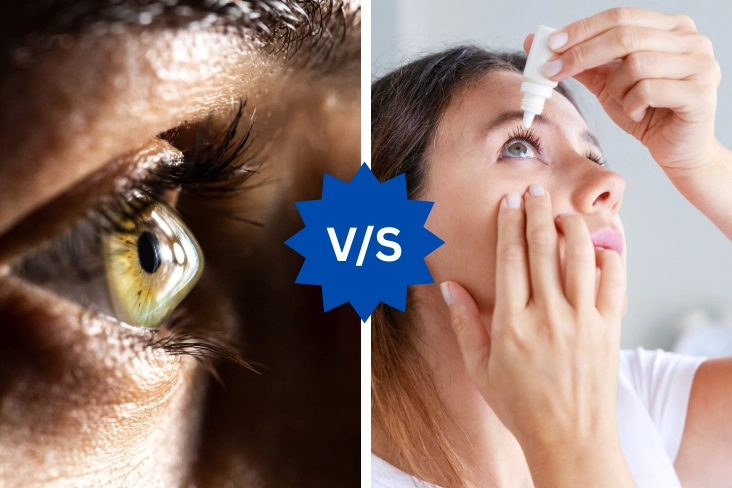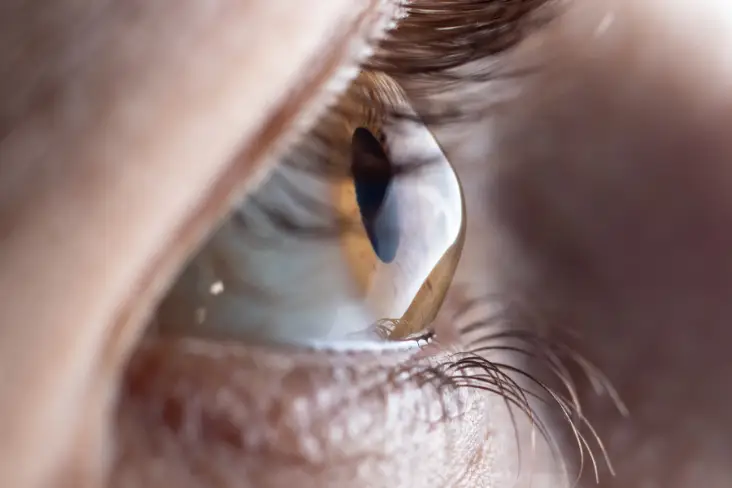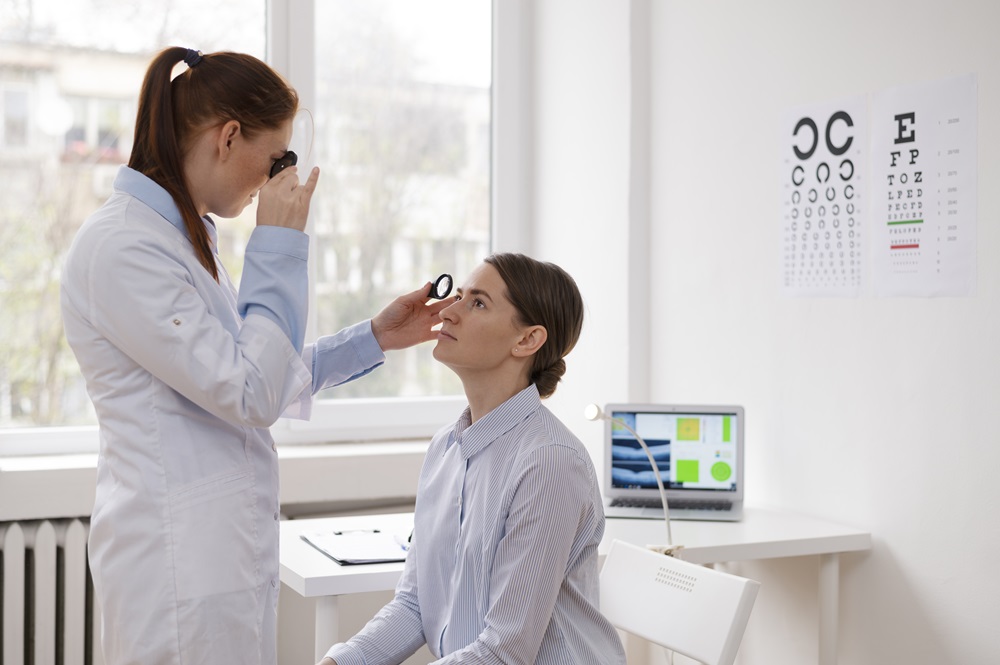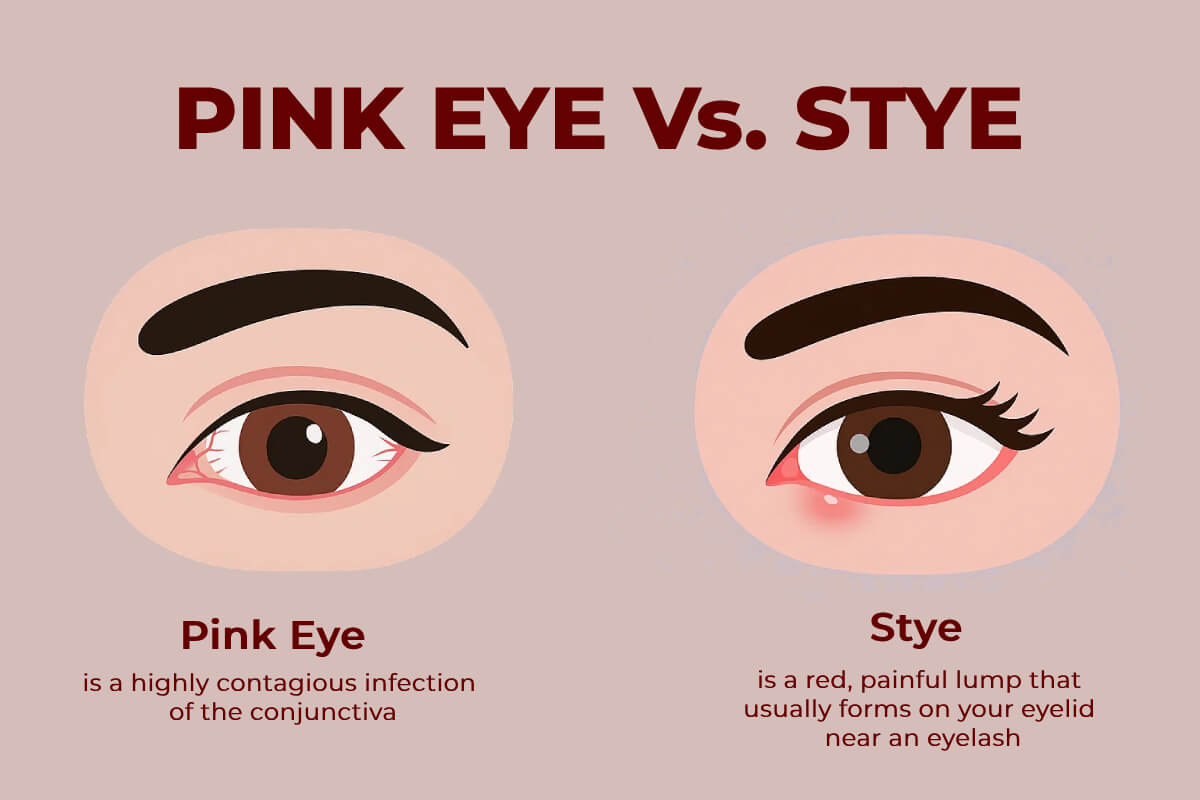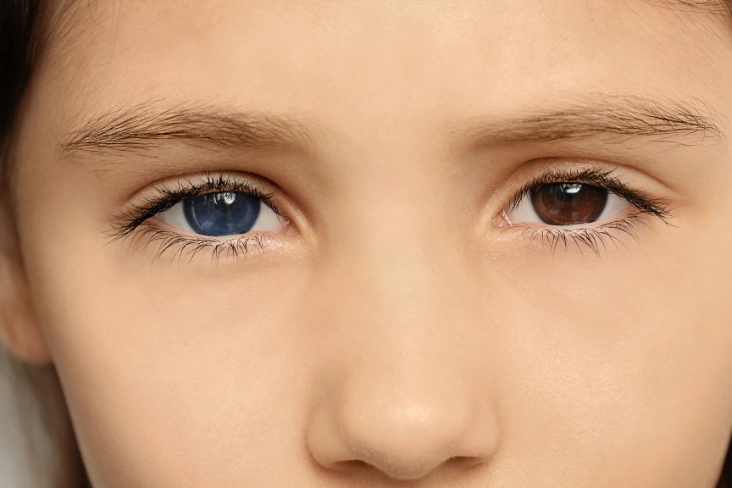
What Is Heterochromia: Types, Causes & Treatment Options
Eye color is one of the most striking and unique features that make each person different. While most people have eyes of the same color, some individuals naturally have two different-colored eyes, a rare and fascinating condition called heterochromia. This difference in eye color can be subtle or dramatic and is usually harmless. However, in some cases, it may be linked to underlying medical conditions or changes in the eye’s pigment over time.
Understanding what heterochromia is, what causes it, its types, and when to seek medical advice can help you recognize whether it’s purely a genetic trait or something that needs professional attention.
What Is Heterochromia?
Heterochromia is an eye condition in which a person has different colors in one or both eyes due to variations in melanin, the pigment that determines eye color. The iris, the colored part of the eye, can have more or less melanin, leading to distinct color differences.
Some people are born with heterochromia (congenital), while others develop it later in life (acquired) due to factors like injury, inflammation, eye disease, or even certain medications used for conditions such as glaucoma. Most cases are completely harmless and do not affect vision, but if the color change happens suddenly or is accompanied by discomfort or vision changes, it’s best to get it checked by an eye doctor.
What Are the Types of Heterochromia?
Heterochromia can appear in different ways, depending on how the pigment (melanin) is distributed in the iris. These variations determine whether one or both eyes show distinct color differences. The three main types are:
-
Complete Heterochromia
In complete heterochromia, each eye is a completely different color, for example, one blue and one brown. This is the rarest form of heterochromia and is often present from birth. It usually doesn’t affect vision or eye health and is purely a result of genetic variation in pigment distribution.
-
Sectoral (Segmental) Heterochromia
Sectoral or segmental heterochromia occurs when one section of the iris has a different color from the rest of the eye. For instance, part of a blue iris may appear brown or green. This happens when melanin is unevenly spread within one eye, giving it a unique, multicolored appearance.
-
Central Heterochromia
In central heterochromia, the inner ring around the pupil is a different color from the outer ring of the iris. This creates a striking two-tone effect, for example, eyes that are green with a golden-brown ring around the pupil. Central heterochromia is often harmless and considered a normal variation in eye pigmentation.
What Is the Cause of Heterochromia?
The color of your eyes depends on the amount and distribution of melanin, the pigment that gives color to the iris. Heterochromia occurs when this pigment is unevenly distributed, either naturally from birth or due to changes that happen later in life.
-
Genetic (Congenital) Heterochromia
Congenital heterochromia is present from birth and is usually harmless. It occurs due to genetic variations that affect melanin production in each eye. Most people born with heterochromia have normal vision and no underlying health problems.
-
Acquired Heterochromia
Acquired heterochromia develops later in life and may result from injury, inflammation, glaucoma, or certain medications, particularly some eye drops used to treat glaucoma. It can also appear after eye surgery or due to conditions that affect pigment cells in the iris.
-
Associated Syndromes (Rare Causes)
In rare cases, heterochromia can be linked to certain genetic or neurological syndromes, such as:
- Waardenburg Syndrome: A genetic condition that can cause changes in hair, skin, and eye color.
- Horner’s Syndrome: A nerve-related condition that may cause one iris to appear lighter.
- Sturge-Weber Syndrome: A rare vascular disorder that can affect eye and facial coloration.
Most forms of heterochromia are benign, but a sudden change in eye color should always be examined by an eye specialist to rule out any underlying issues.
Is Heterochromia Harmful?
In most cases, heterochromia is completely harmless, especially when it’s congenital (present from birth). People with naturally different-colored eyes usually have normal vision and healthy eyes.
However, if heterochromia develops later in life, it can sometimes signal an underlying medical or eye condition, such as injury, inflammation, or glaucoma. That’s why it’s important to schedule a routine eye exam if you notice any sudden color changes. A thorough evaluation can help rule out serious causes and ensure your eyes stay healthy.
Diagnosis of Heterochromia
Diagnosing heterochromia begins with a comprehensive eye exam and a review of your medical history. During the exam, your eye doctor will closely examine the iris, measure vision, and look for any signs of underlying eye conditions or pigment changes.
If heterochromia develops suddenly or is accompanied by other symptoms, such as pain, changes in vision, or inflammation, your doctor may recommend additional tests. These could include imaging studies, blood tests, or neurological evaluations to rule out injuries, infections, or related syndromes.
Is There a Treatment for Heterochromia?
In most cases, heterochromia doesn’t require any treatment, especially when it’s congenital (present from birth) and not linked to any medical condition. People born with heterochromia usually have normal vision and healthy eyes.
If heterochromia is acquired later in life, the treatment focuses on addressing the underlying cause, such as managing inflammation, treating glaucoma, or repairing eye trauma. Once the primary issue is resolved, the eye color difference may remain or sometimes return to normal.
For those who prefer a more uniform eye color, cosmetic options like colored contact lenses can be used safely under a doctor’s supervision to achieve the desired look.
Famous Cases of Heterochromia
The question, What is Heterochromia? has fascinated people for centuries, and even some celebrities are known for their striking eye colors. Stars like Mila Kunis, Kate Bosworth, and Henry Cavill proudly display this rare trait, helping raise awareness that heterochromia is not just safe but also beautifully unique.
When to See an Eye Doctor for Heterochromia?
While heterochromia is usually harmless and often just a unique feature of your eyes, it’s important to stay aware of any changes. If your eye color changes suddenly or is accompanied by pain, vision changes, or other unusual symptoms, it could signal an underlying eye condition that needs attention.
Early evaluation helps protect your vision and rule out serious causes. For a thorough checkup and peace of mind, schedule a comprehensive eye exam at Insight Vision Center. Timely diagnosis ensures your eyes stay healthy and your vision remains clear.
Ensure your eyes stay healthy with a specialized eye exam for heterochromia today!
Key Takeaways
- Heterochromia is a condition where one or both eyes have different colors due to pigment variation.
- It can be congenital (present from birth) or acquired from injury, disease, or medication.
- Most cases are harmless and don’t affect vision.
- Sudden color changes or other symptoms should be checked by an eye doctor.
- A regular eye exam helps ensure early diagnosis and healthy vision.

Dr. Azhar I. Salahuddin is an ophthalmologist and is fellowship-trained in cornea, external diseases, and refractive surgery. Dr. Salahuddin has been performing cataract surgery for over 19 years and specializes ocular reconstruction, corneal transplantation surgery as well as vision correction through a variety of intraocular lenses. Dr. Salahuddin is board-certified by the American Board of Ophthalmology and was trained at Boston University.

